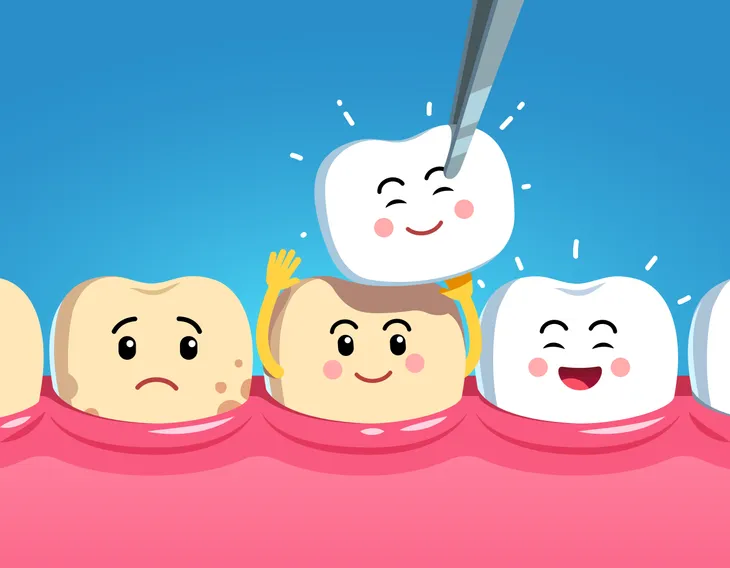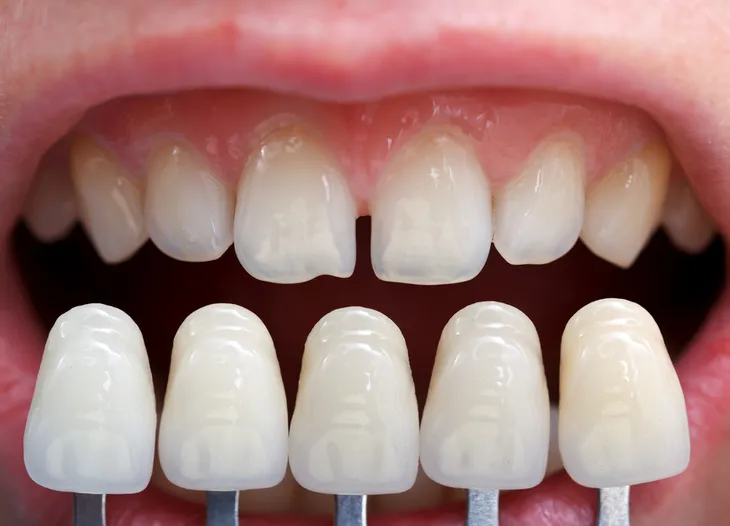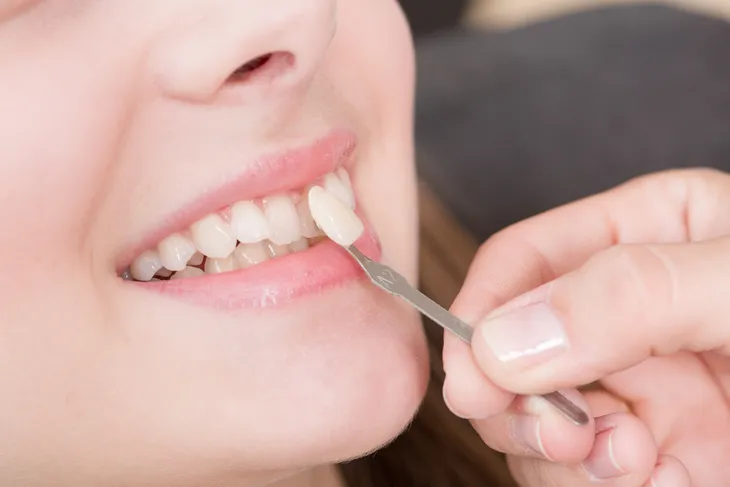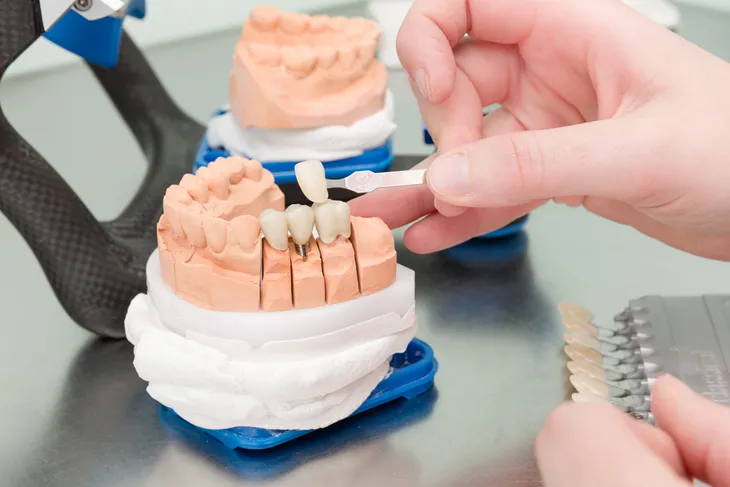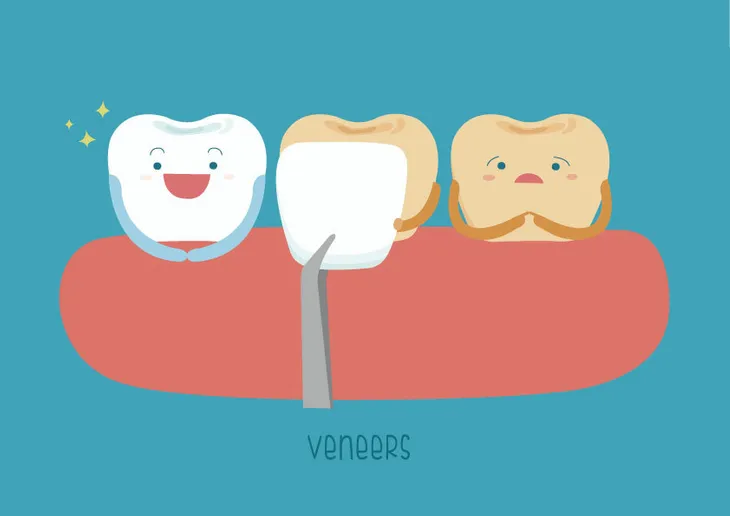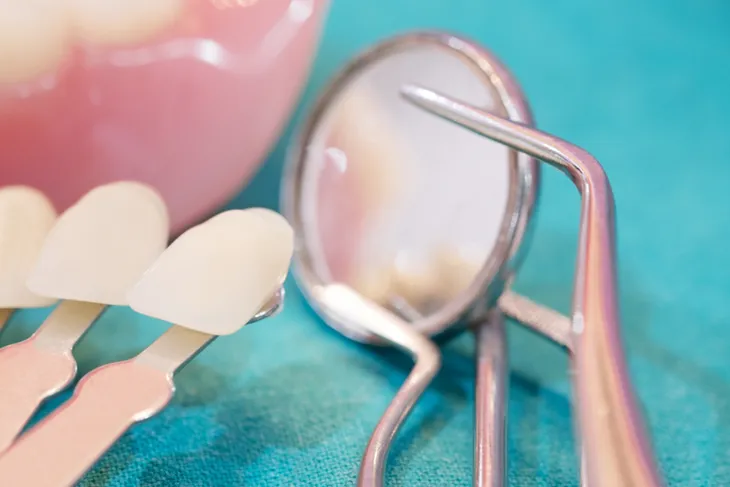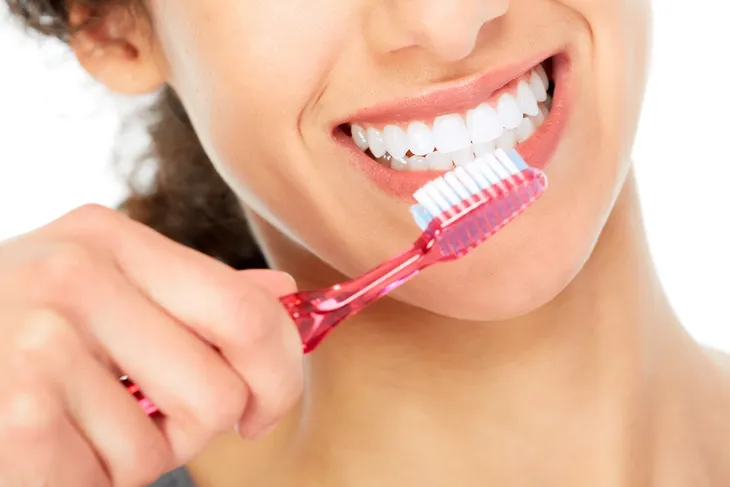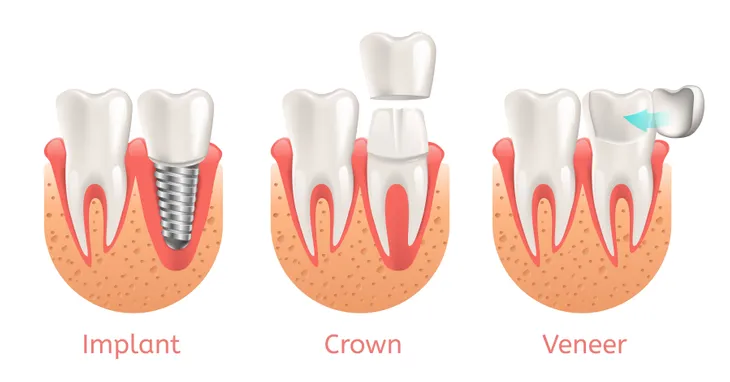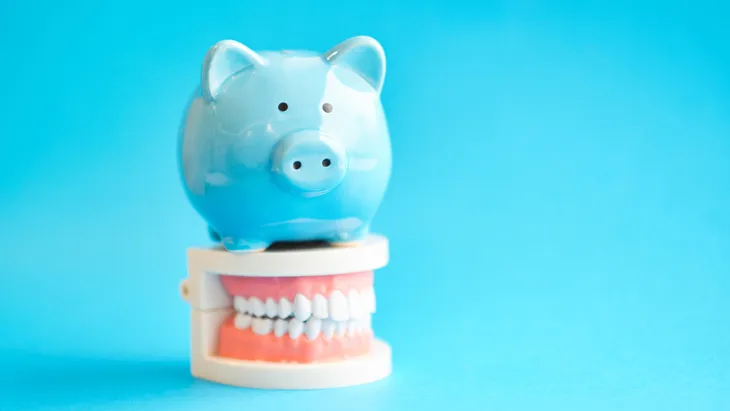A smile is one of the first things we about someone else and for many people and for some people, a smile reflects confidence. With that being said, it shouldn’t come as a surprise that many people invest a lot of time and care into their teeth. Like braces, crowns, and bridges, one of the many cosmetic procedures people can invest in to improve their smile is dental veneers. These are meant to fix any flaws in their smile like discoloration, a chipped or broken tooth, gapped teeth, or even missing teeth.
Even though this procedure is quite common, all patients should think the decision over thoroughly and get well informed on the topic before going through with it. This article provides a quick overview of facts to know about dental veneers for those who might be considering the procedure, and an informative guide for those who might not even fully understand what they are! Take a look…
1. What are Dental Veneers?
Before we get into the details, let’s cover the basics. What are dental veneers? WebMD describes dental veneers as “wafer-thin, custom-made shells” that are made to look like natural teeth because they are placed on the front surface of already existing teeth. Veneers are meant to improve the appearance of already existing teeth that may have become damaged or discolored. “These shells are bonded to the front of the teeth changing their color, shape, size, or length,” writes the source.
2. What Types of Problems are Dental Veneers Used For?
We already talked about this a little bit, but generally veneers are used for cosmetic purposes to improve the look of someone’s smile. In most cases they will be used to fix discoloration that might have occurred due to “root canal treatment, stains from tetracycline or other drugs, excessive fluoride or other causes, or the presence of large resin fillings that have discolored the tooth,” writes WebMD. They’re also used to replace worn down teeth, teeth that are chipped and broken, teeth that are misaligned, irregularly shaped, or unpleasant looking. For example, someone might have teeth that have craters or bulges in them, says the source. They can also be used to fix gaps in teeth or teeth that are too close together.
3. Plan Out the Veneers
Unlike some other dental procedures, the process of getting dental veneers isn’t too extensive. It generally only requires two visits to the dentist — one to give a consultation and the other to make and apply the veneers. During the consultation you will talk with your dentist about what you want to achieve and your dentist will likely examine your teeth to determine if you’re the right candidate for the procedure and whether or not they will achieve what you are looking for. Your dentist will also likely discuss the advantages and disadvantages of veneers so that you can weigh your risks and benefits.
4. Preparation for Veneers
Once it has been determined that veneers are the right option for you, it’s time to prep! “To prepare a tooth for a veneer, your dentist will remove about 1/2 millimeter of enamel from the tooth surface, which is an amount nearly equal to the thickness of the veneer to be added to the tooth surface,” explains WebMD. Before the enamel is removed, you might have a local anesthetic applied to numb the area.
You’ll then have an impression and model made of the tooth. “This model is sent to a dental laboratory, which in turn constructs your veneer. It usually takes 2 to 4 weeks for your dentist to receive the veneers back from the laboratory,” says WebMD. In some extreme cases, temporary veneers may be put in place to hold the patient off until the permanent veneers are ready.
5. Bonding
Bonding is exactly what it sounds like — it’s the part of the procedure where the veneer is attached to the tooth. Before this happens, the dentist will temporarily put it in place to make sure it’s the right size, color, and shape. If it’s not, he or she will trim it so that it’s fits just right. Also the color of the veneer can be adjusted to the shade of the cement. After this, the tooth will be polished and clean so that it’s nice and ready for it’s new veneer! Your dentist will do some etches in the tooth to make the surface of the tooth a little rougher so that the bonding goes a little more smoothly.
“A special cement is applied to the veneer and the veneer is then placed on your tooth. Once properly positioned on the tooth, your dentist will apply a special light beam to the dental veneer, which activates chemicals in the cement, causing it to harden or cure very quickly,” writes WebMD. Once that is done, the dentist will remove any excess cement, and evaluate their work by examining the bite. the source notes that a follow-up visit might be a requirement to check how the gums are responding to the new dental veneers.
6. Bonding Sensitivity
According to Cosmopolitan, about 50-percent of patients experience some kind of bonding sensitivity. The source talked to Michael Apa, DDS, a cosmetic dentist in NYC, LA, and Dubai who explains that bonding sensitivity is a reaction between the patient and the bonding cement which is needed to hold the veneer in place.
This sensitivity can be quite painful and last for several hours after the anesthesia wears off. After that, it returns in dull waves, says the source. Not only that but in the days following, you might also feel like your bite is off and feel some dull pain. Not to worry, this isn’t uncommon and it just means you’ll need to make another visit to the dentist so that he or she can make some slight changes to the teeth using a file “and clear away an excess microscopic pieces of cement stuck between your teeth.” These follow-up appointments should be included with no extra charge, says the source.
7. What are the Advantages?
As we previously mentioned, veneers are typically used to improve the appearance of teeth or a smile. What people like most about dental veneers are that they are very natural looking and in some cases, stain resistant, particularly the porcelain veneers. They also don’t often cause many issues with gum tissue.
Porcelain veneers can be matched to your natural teeth quite closely and in some cases make your natural teeth look whiter by picking a porcelain veneers that is slightly darker. “Veneers offer a conservative approach to changing a tooth’s color and shape; veneers generally don’t require the extensive shaping prior to the procedure that crowns do, yet offer a stronger, more aesthetic alternative,” writes WebMD.
8. What are the Disadvantages?
Like any procedure, dental veneers don’t come without any risks. There are things that can go wrong or rather some “disadvantages” to them. WebMD includes an extensive list of these potential disadvantages which include that the process is not reversible, so a patient better be sure before having it done. Do thorough research on the procedure, what it entails, weigh the risks and benefits, and find the right dentist to do the job. Another downside is that they are costly which we will get into more later.
In addition, it’s hard to repair or replace veneers if they get damaged, however this it is unlikely that this will happen. There is the risk that your teeth will become more sensitive after the procedure because some of the enamel has been removed. The veneers might also not perfectly match the color of your other natural teeth. If you want to whiten your teeth — do it before the veneers are put on because your teeth cannot be whitened after the fact.
Again, though unlikely, “veneers can dislodge and fall off,” says WebMD. “To minimize the chance of this occurring, do not bite your nails; chew on pencils, ice, or other hard objects; or otherwise put excessive pressure on your teeth.” Just like natural teeth, they are also susceptible to decay.
9. How Long do They Last?
As long as they are taken care of properly, dental veneers should last quite a long time. Not only that, but they should be able to withstand a lot too. It’s quite rare that a veneer is ever damaged. According to Dr. Emma Wu & Associates, veneers should last anywhere from 10 to 20 years before being replaced.
WebMD states something similar — that they last between 7 and 15 years before needing to be replaced.
10. Special Care Needs?
Like many things, their durability depends on how well they are taken care of. So what kind of special care do dental veneers need? To be honest, they don’t need much, at least that is what WebMD states. You do need to have good oral hygiene which means regular brushing, flossing, and rinsing with antiseptic mouthwash.
The source also notes that porcelain veneers are made to look as natural as normal teeth which means they are susceptible to staining. A dentist might tell their patient to try and avoid stain-causing foods and beverages like coffee and red wine.
11. Alternatives to Dental Veneers?
If you’re still not completely convinced about getting dental veneers or not willing to pay for them (we’ll get to that next), then what might be some similar alternatives. This is also important for people who don’t qualify for veneers, for example people with unhealthy teeth with decay, active gum disease, or anyone that grinds or clenches their teeth. You also can’t get veneers if you have weakened teeth or a problem with lack of enamel.
WebMD says the closest alternatives are bondings or crowns. “Veneers offer a nice intermediate options,” writes WebMD. “Veneers may be best suited for individuals who want to change the shape of their teeth more than just a little bit — as is done with bonding — but not enough to require a crown.”
12. How Much Do They Cost?
The cost of veneers can differ greatly depending on what dentist you’re seeing, where you live, and how many teeth need veneers. WebMD states that veneers tend to cost anywhere from $1,000 to $2,000 per tooth and it’s not usually covered by insurance because it’s technically an “optional” or elective procedure. You should check with your insurance company because that can vary.
Another source, Colgate, cites a study by the American Academy of Cosmetic Dentistry which found that the average cost of a single veneer is $1,313.

